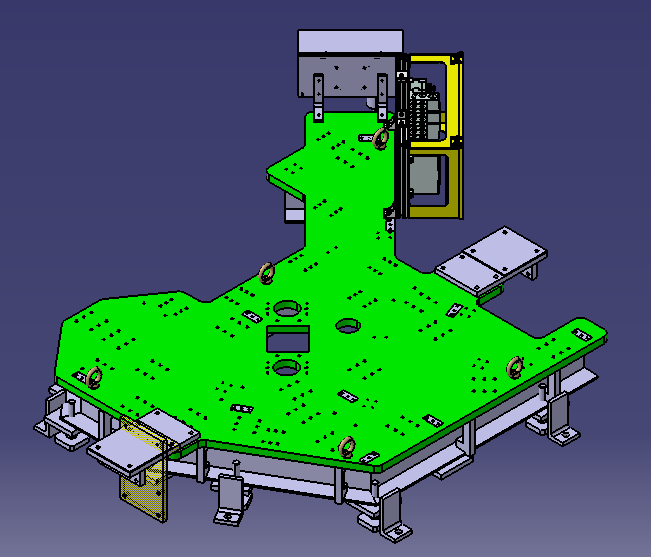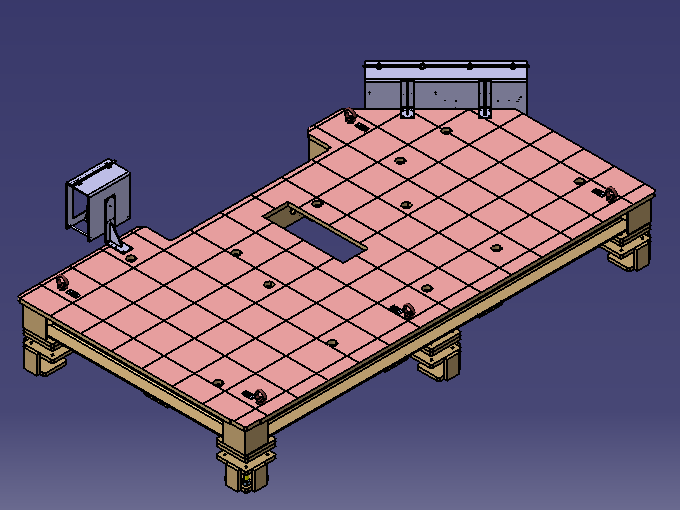What is BIW Fixture Design?
BIW (Body in White) fixture design is the process of creating devices that hold and position BIW components during assembly and welding. BIW fixtures are essential for ensuring the accuracy and repeatability of the assembly process, and they play a vital role in the production of high-quality vehicles.
The Body in White (BIW) is a crucial stage in the automotive manufacturing process. During this stage, the car’s frame is welded or joined together after dipping each BIW part into the white bath (undercoat). This process comes after the primary electrochemical dipping process and before the final assembly of the vehicle.
BIW fixtures are typically designed using CAD software, and they can be very complex, depending on the geometry of the components being assembled. The design process must take into account a number of factors, including:
- The location and orientation of the components
- The type of welding process being used
- The accessibility of the weld joints
- The need to maintain accurate dimensions and tolerances
- The safety of the operators
Once the fixture has been designed, it is manufactured using a variety of processes, such as machining, welding, and casting. BIW fixtures are typically made from durable materials, such as steel and aluminum, and they are often designed to be modular so that they can be easily adapted for different vehicle models.
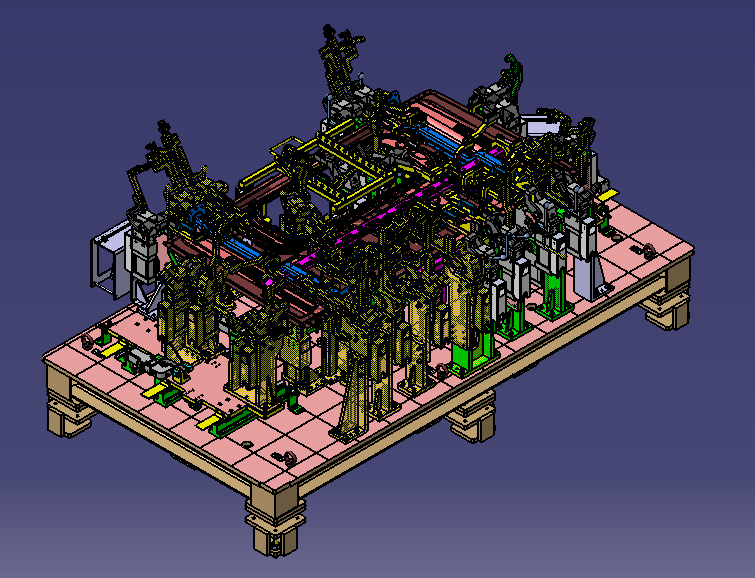
What is BIW Fixture Design?
BIW fixture design is the process of designing a fixture that is used to hold and position BIW (Body-in-White) parts during the welding and assembly process. BIW fixtures are essential for ensuring that the BIW parts are correctly aligned and positioned, which is necessary for accurate and efficient welding and assembly.
BIW fixtures are typically designed using CAD software. The CAD model of the fixture is then used to create a manufacturing plan. The fixture is typically made from steel or aluminium, and it is machined or fabricated to the desired specifications.
BIW fixtures are typically designed to be modular so that they can be easily reconfigured to accommodate different BIW models or to support different welding and assembly processes. BIW fixtures are also designed to be durable and easy to maintain.
Here are some of the critical considerations for BIW fixture design:
- Accuracy: The fixture must be designed to ensure that the BIW parts are correctly aligned and positioned. This is essential for accurate and efficient welding and assembly.
- Repeatability: The fixture must be designed to provide a consistent and repeatable location and alignment of the BIW parts. This is essential for mass production.
- Strength: The fixture must be strong enough to withstand the forces involved in welding and assembly.
- Durability: The fixture must be durable enough to withstand repeated use.
- Modularity: The fixture should be designed to be modular so that it can be easily reconfigured to accommodate different BIW models or to support different welding and assembly processes.
- Maintainability: The fixture should be designed to be easy to maintain and repair.
BIW fixture design is a complex and demanding task, but it is essential for the production of high-quality BIW parts. By carefully considering the critical factors involved in BIW fixture design, fixture designers can create fixtures that help to ensure accurate and efficient welding and assembly.
Here are some of the benefits of using well-designed BIW fixtures:
- Improved accuracy: BIW fixtures can help to ensure that the BIW parts are correctly aligned and positioned, which is essential for accurate welding and assembly.
- Reduced rework: By ensuring that the BIW parts are correctly aligned and positioned in the fixture, BIW fixtures can help reduce the risk of rework and scrap.
- Increased efficiency: BIW fixtures can help to increase the efficiency of the welding and assembly process by providing a convenient and efficient way to hold and position the BIW parts.
- Improved safety: BIW fixtures can help to improve the safety of the welding and assembly process by reducing the need for workers to handle the BIW parts manually.
Overall, BIW fixtures are an essential tool for the production of high-quality BIW parts. By using well-designed BIW fixtures, manufacturers can improve the accuracy, efficiency, and safety of the welding and assembly process.
What are fixture types
A fixture is a device that is used in the manufacturing industry to hold, locate, and support a component during various manufacturing processes such as welding, riveting, grinding, drilling, and more. Fixtures are designed to provide stability to the part being worked on, ensuring that it remains in place and doesn’t move during the manufacturing process. In BIW fixture design, the fixture works on the 3-2-1 principle.
BIW fixture processes are essential in companies that manufacture automobiles. There are three types of BIW fixture processes that are commonly used in the automotive industry.
1. Pre-Production Fixture.
These fixtures are commonly used during the prototype stage to test the productivity and feasibility of the fixture. They require a lot of study and detailing because they are used in the pre-production stage. If a new standard or process is required, the pre-production fixture is modified to become the production fixture used on the assembly line.
2. Production Fixture
Once the Pre-Production Fixture is tested and approved, it is modified to become the Production Fixture. This fixture is used on the assembly line to manufacture automobiles. The Production Fixture is more robust and efficient, and it requires less maintenance compared to the Pre-Production Fixture.
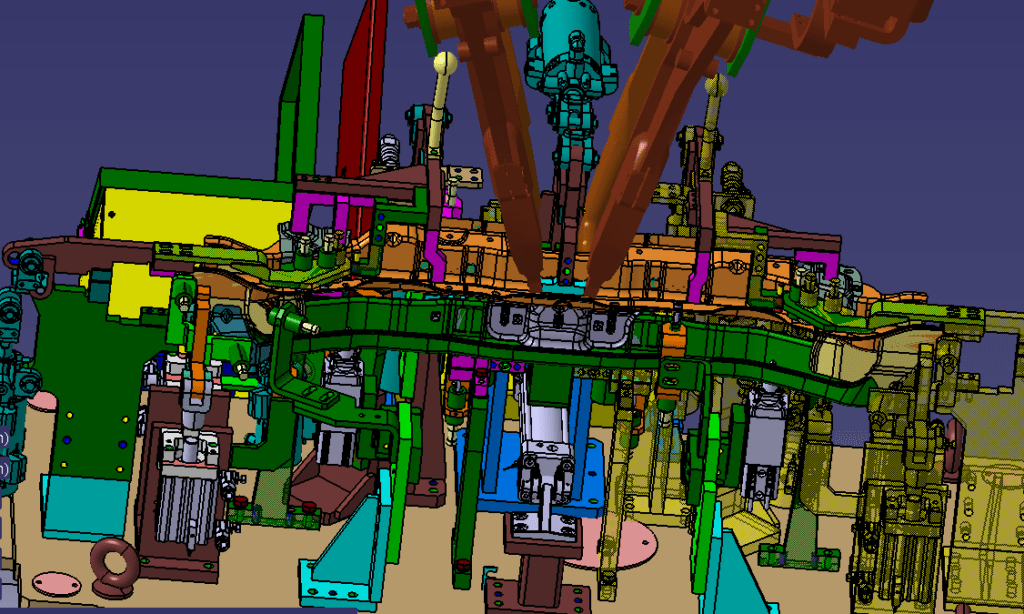
3. Checking Fixture
During the inspection of BIW sheet metal, various types of fixtures are used to examine the produced sheet metal. These fixtures are used to verify if the sheet metal meets the required tolerances, geometries, dimensions, and other specifications. The gauges, which are used for fixing the parts, are a crucial component of the inspection process. They help ensure that the inspection process is conducted with utmost accuracy and precision. By leveraging these tools, technicians can identify any faults or inconsistencies in the sheet metal, and take corrective measures to ensure that it meets the required specifications.
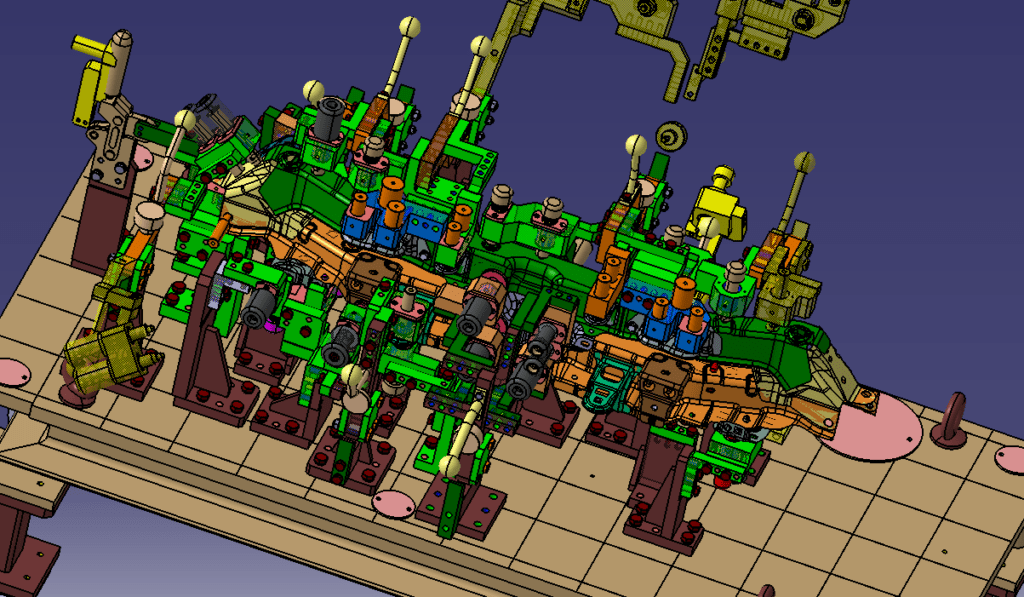
There are different types of units used in BIW Fixture Design
This is a assebly used during spot welding operations, it is crucial to use clamps that can hold car parts securely and prevent any distortion. Two major types of clamps can be used for this purpose.
Manual and Pnuematic clamps
Differnt parts are used in this clamp unit assebly such as Mylars (finger, NC blocks),L Block, T block, z block, plate, block, Shim, and Spacer, Blade or dolly plate, Riser, etc.
which is used to fill any gaps between two parts before clamping them together. The Spacer is used to keep parts separated at a specific distance, while the Blade Spacer is used to hold parts that are difficult to clamp. Finally, the Riser is used to elevate parts that need to be welded from the surface of the worktable. By using the appropriate clamp for each job, you can ensure that the parts are held securely and the welds are of high quality.
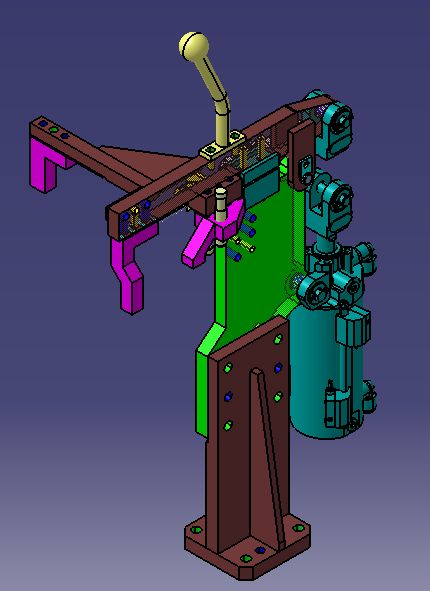
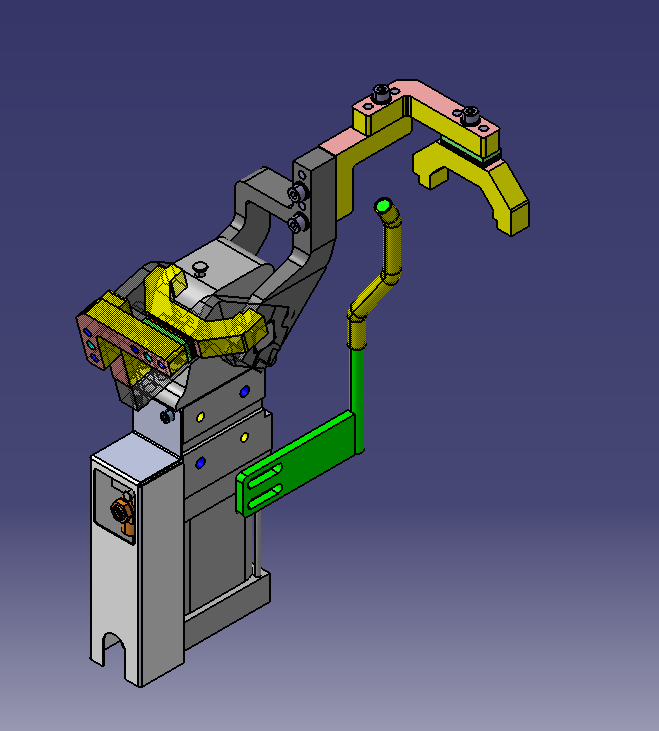
Pin units
Locating pins play a critical role in ensuring that body parts are accurately positioned for welding. Typically, two locating pins are sufficient to ensure proper positioning on one plane. These pins come in two different shapes – round and diamond-shaped. Using this configuration allows for easier loading of body parts, making the welding process more efficient. By accurately locating the body parts with these pins, the welding process can be executed with greater precision, resulting in a higher quality weld.
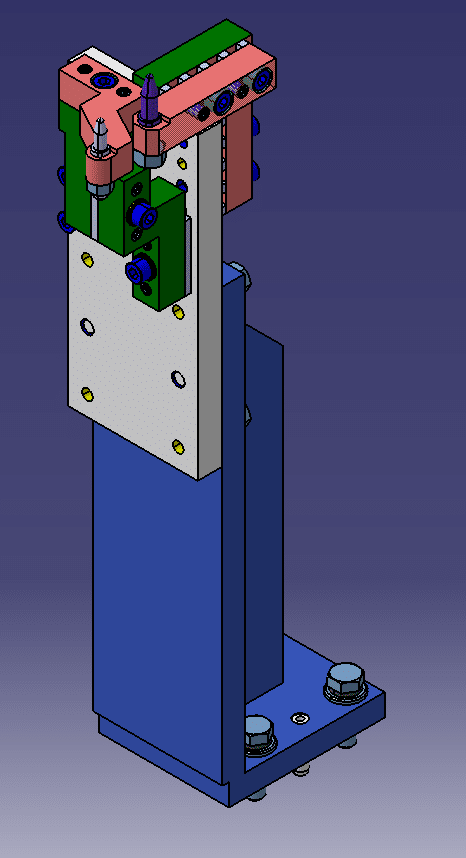
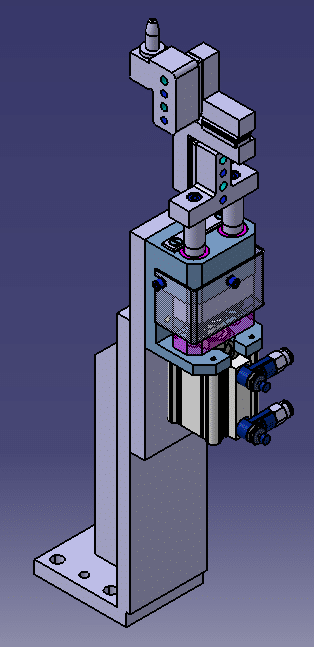
Rest units
Panel supports are an essential tool used in auto body repair or assembly. They are designed to provide a stable and secure surface for resting the panel while working on it. These supports come in different shapes and sizes to accommodate various panel types and sizes. They can be adjustable, allowing the user to customize the support to fit the panel precisely. Panel supports can be used in combination with other tools such as clamps, magnets, or suction cups to hold the panel securely in place. By using panel supports, the repair process can be made more efficient and effective while ensuring a high-quality finish.
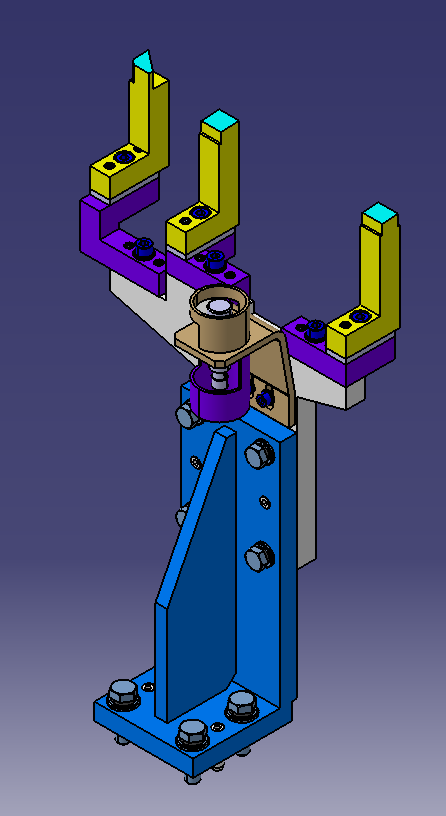
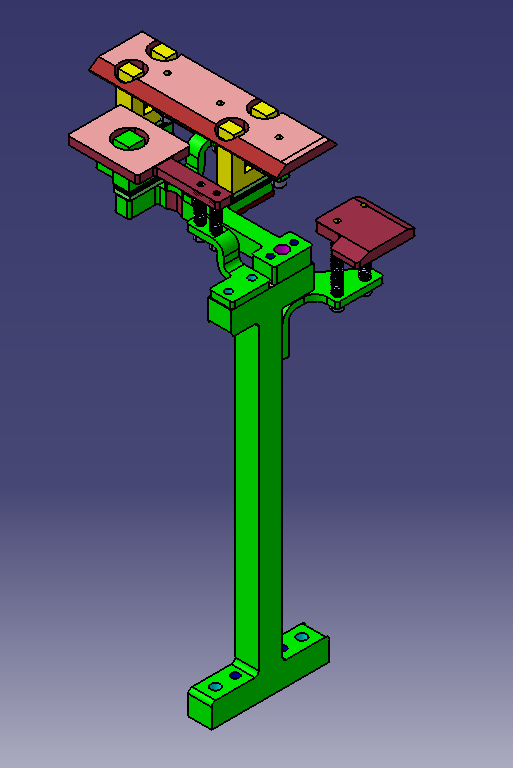
When it comes to automotive manufacturing, precision and efficiency are paramount. The Body-in-White (BiW) stage, which involves the assembly of a vehicle’s sheet metal components, is no exception. In this intricate process, the use of sliding units in BiW fixture design plays a crucial role. In this blog, we’ll explore the significance of sliding units in BiW fixture design and how they contribute to a smoother and more accurate manufacturing process.
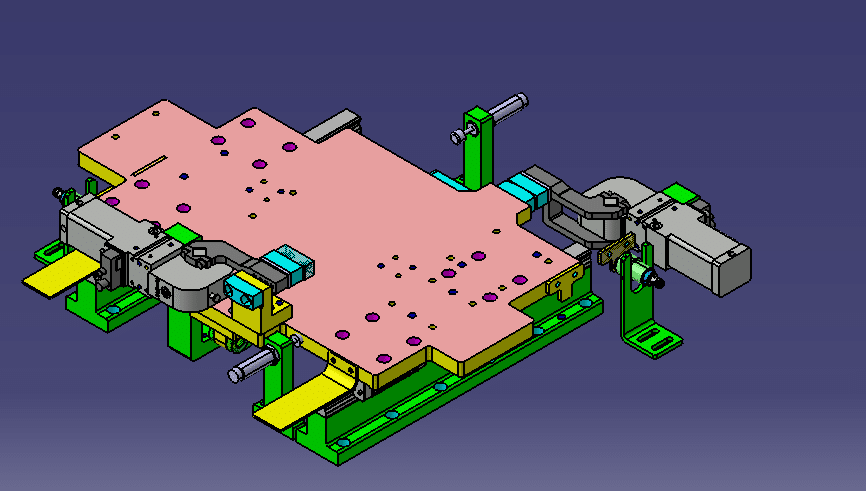
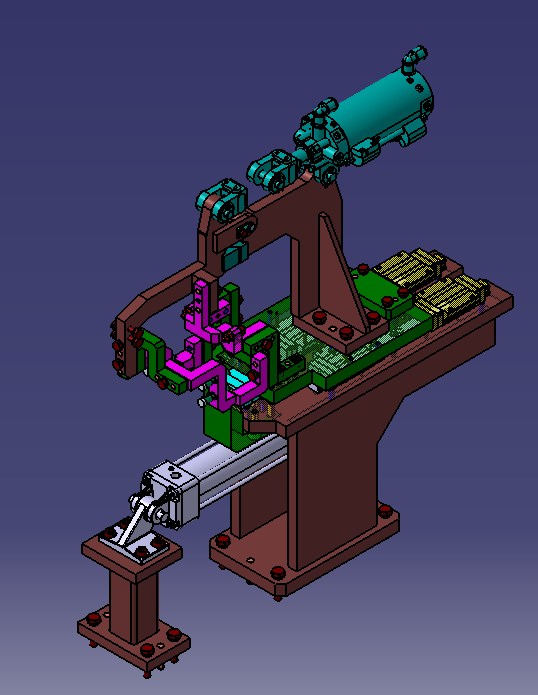
Dump Unit
A dump unit is a positioning unit that is used to position car body parts in BIW welding fixtures when there are geometrical constraints that prevent the use of standard positioning units, such as clamp units and pin units. Dump units are typically more complex and expensive than standard positioning units, but they are necessary in some cases to achieve the required accuracy and precision.
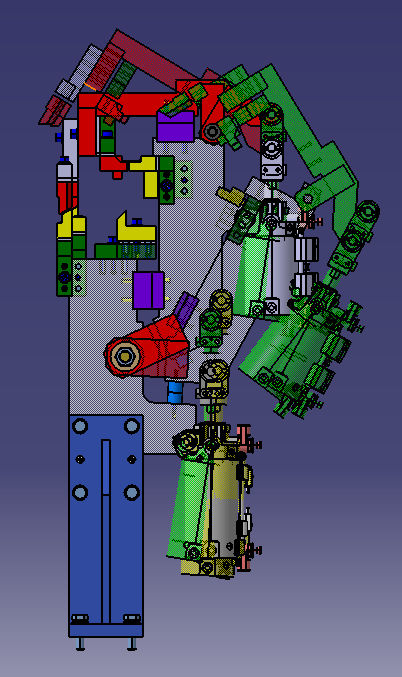
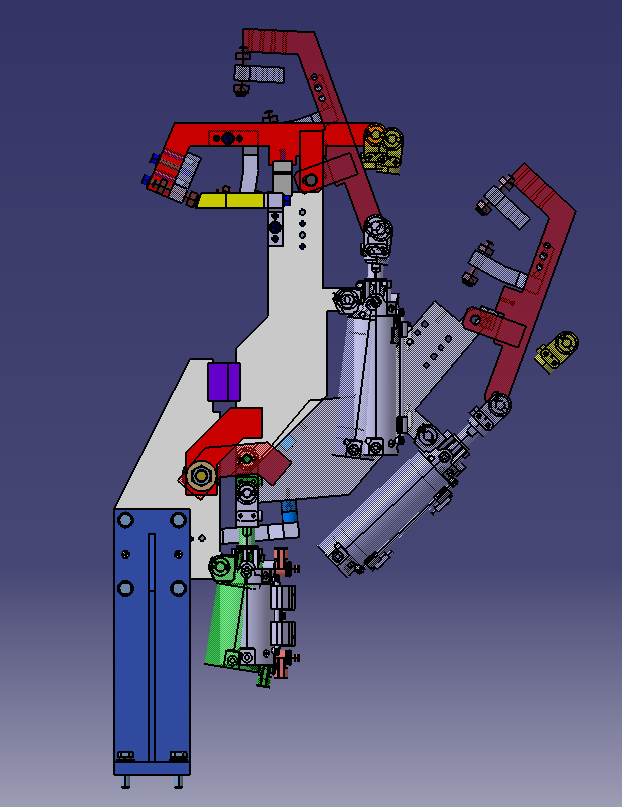
Ejector Unit
An ejector unit is a mechanism used to remove parts from a mold or fixture after they have been formed or machined. Ejector units are typically used in injection molding, die casting, and metal stamping applications.
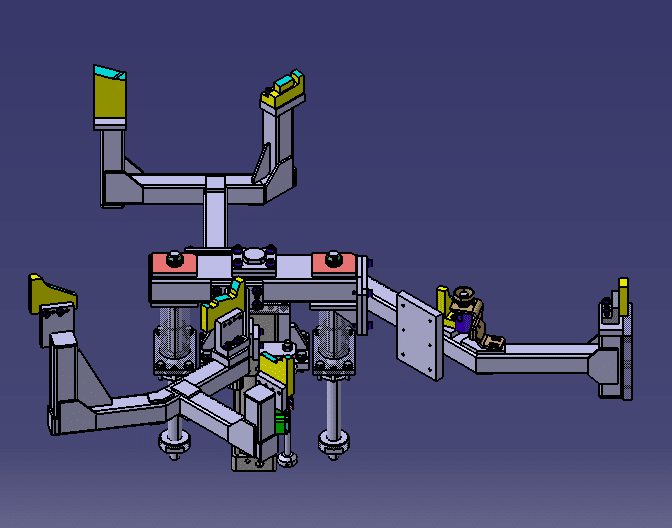
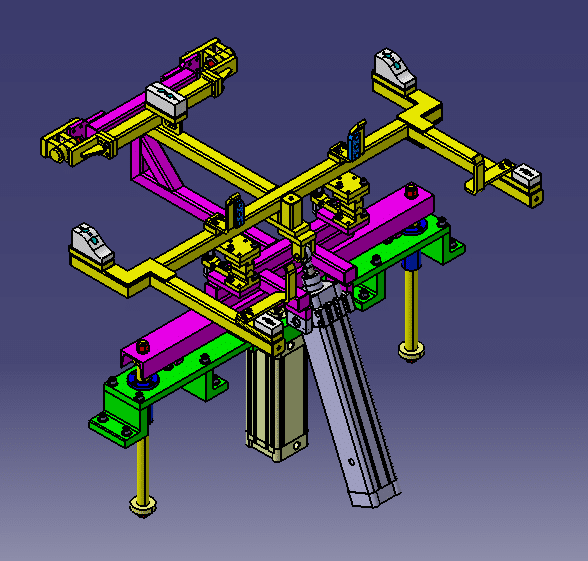
Rough Unit
A rough unit is a type of positioning unit that is used to guide and position workpieces in a fixture. Rough units are typically used in welding fixtures, but they can also be used in other types of fixtures, such as machining fixtures and assembly fixtures.
Rough units are typically simpler and less expensive than other types of positioning units, such as clamp units and pin units. This is because rough units do not need to provide the same level of accuracy and precision.
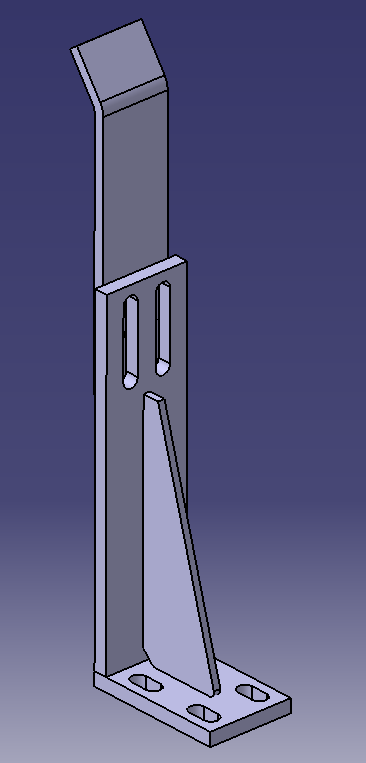
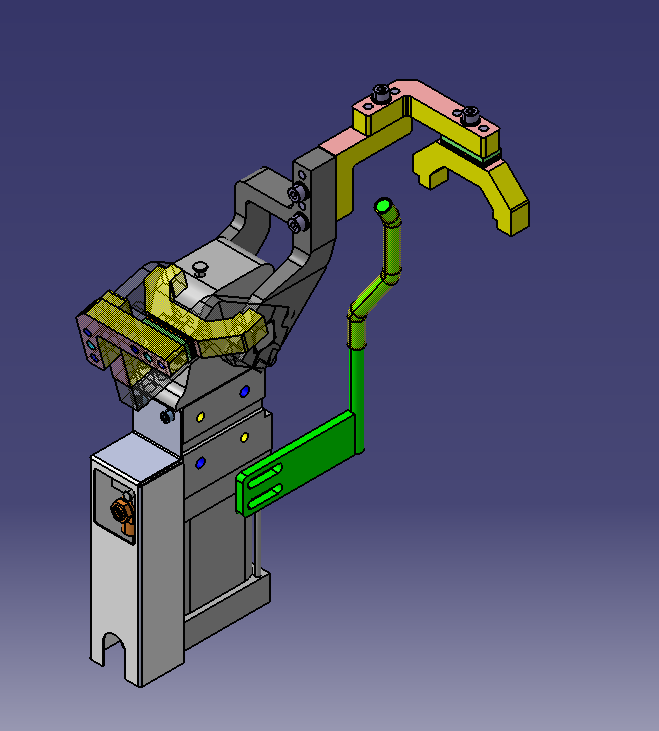
Retracting Pin Unit
A retracting pin unit is a positioning unit that is used to locate and secure workpieces in a fixture. It consists of a pin that is mounted on a cylinder. The cylinder can be extended or retracted to move the pin in or out of position.
Retracting pin units are often used in welding fixtures to position workpieces for welding. They can also be used in other types of fixtures, such as machining fixtures and assembly fixtures.
Retracting pin units have a number of advantages over other types of positioning units, such as clamp units and fixed pin units. One advantage is that they are very accurate and precise. This is because the pin is mounted on a cylinder, which allows it to be positioned very precisely.
Another advantage of retracting pin units is that they are very flexible. They can be used to position workpieces of a variety of shapes and sizes. This is because the pin can be extended or retracted to suit the specific needs of the workpiece.
Finally, retracting pin units are very durable. They are typically made of high-quality materials, such as steel and hardened steel. This makes them able to withstand the harsh conditions of a manufacturing environment.
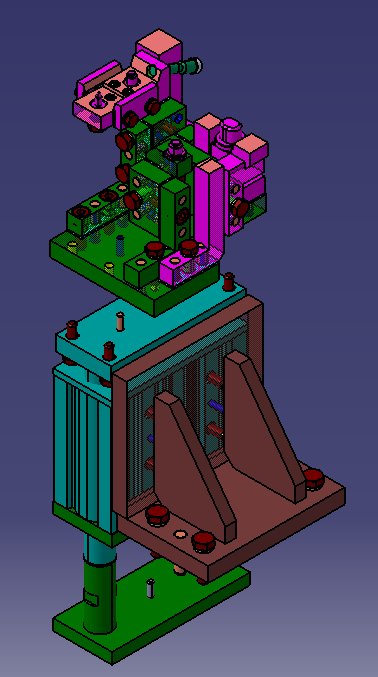
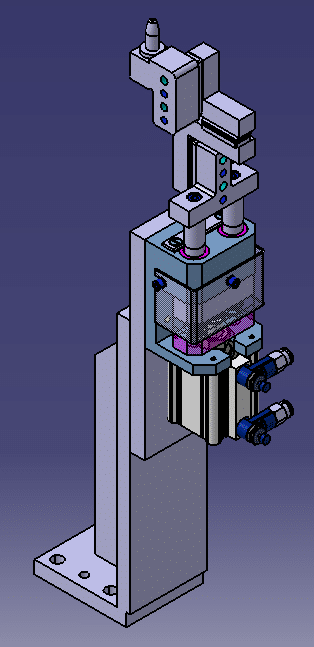
Base Unit
A base unit is the foundation of a fixture. It is the unit to which all other units are mounted. The base unit must be strong and rigid to support the weight of the workpiece and the forces generated during the manufacturing process.
Base units are typically made of steel or aluminum. They can be fabricated from scratch or purchased as pre-fabricated units. Pre-fabricated base units are available in a variety of sizes and configurations to meet the needs of different manufacturing applications.
Base units should be designed to be as versatile as possible. This will make it easier to adapt the fixture for different workpieces and manufacturing processes.
